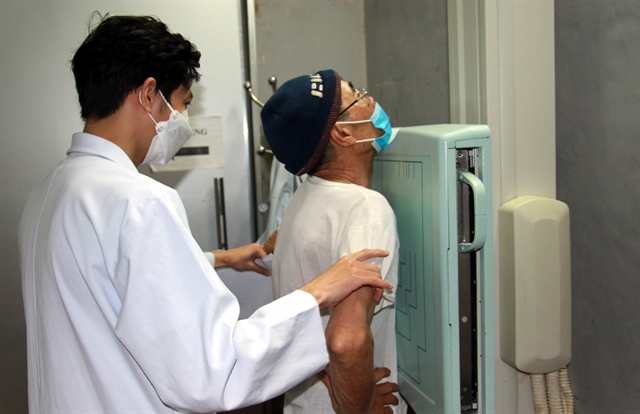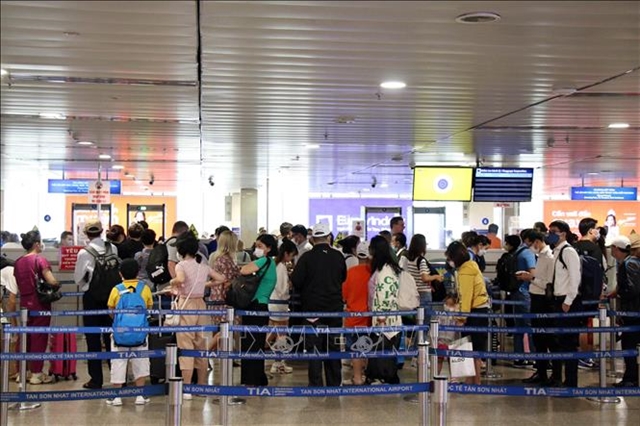 Opinion
Opinion

Hà Nội is rotating its health care practitioners from upper-level to lower-level medical institutions to improve quality and reduce overloading. Lưu Thị Liên, deputy director of the city’s Department of Health, speaks to Kinh tế & Đô Thị (Economics and Urban Affairs) newspaper about how this programme works.
 |
| Lưu Thị Liên |
How many medical institutions in Hà Nội have so far carried out inter-hospital employee rotation? How effective is this programme?
Since the beginning of last year, Hà Nội’s Department of Health has carried out fixed-term rotations of health care professionals from upper-level to lower-level medical establishments to support and improve the quality of the latter. The programme follows the instructions of the Prime Minister and the Ministry of Health.
As many as 24 upper-level institutions sent their medical employees to 37 facilities at lower levels in 2015. This year, 17 institutions, including 15 hospitals and two medical centres, have drawn up plans to send their employees to support 18 facilities in 14 healthcare branches, such as internal medicine, surgery, pediatrics, intensive care, oral and maxillofacial, etc. Hà Đông General Hospital, Xanh Pôn Hospital, Hà Nội Obstetrics and Gynaecology Hospital and Thanh Nhàn Hospital have been actively engaged in this programme. The dispatching staff have good professional knowledge and have been engaged in various tasks, including diagnosing and treatment, consultation and the transfer of healthcare techniques, from simple to complicated ones. At the same time, they also give advice and instructions to their host institutions about organisational restructuring. Thanks to this support, some local hospitals, such as Phúc Thọ General Hospital and Hoài Đức General Hospital, have been able to apply new techniques to help attract more patients.
But there remain some institutions that do not carry out this programme earnestly. How would you address this problem?
It is true. While the term for every rotation is at least one month, some institutions only dispatch each employee for two days per week or for a week. As a result, the dispatched employess are not devoted to the work at their host institutions. Some of them, meanwhile, fail to spend enough time at the new places as assigned due to work requirements at their own institutions. Lack of staff and medical equipment, and uneven professional qualifications among staff at local institutions, also hinder the technique-transferring process.
Will there be any changes in the future to make this plan more effective?
We regard the staff rotation programme as a responsibility and an obligation in order to meet the demands stated in the Prime Minister’s decision. The Department of Health has asked medical institutions to follow several regulations when carrying out this programme. First, each dispatched employee must spend at least one month each time at host institutions. Second, he or she must be involved in every step of the work there, such as diagnosing and treatment, deploying techniques, conducting surgery and building technical processes, among others. In addition, upper-level institutions should hold training courses for healthcare practitioners at lower-level facilities. The two sides also need to keep in close contact and regularly inspect and supervise the work of dispatched staff to ensure all regulations are observed and goals are met. — VNS








